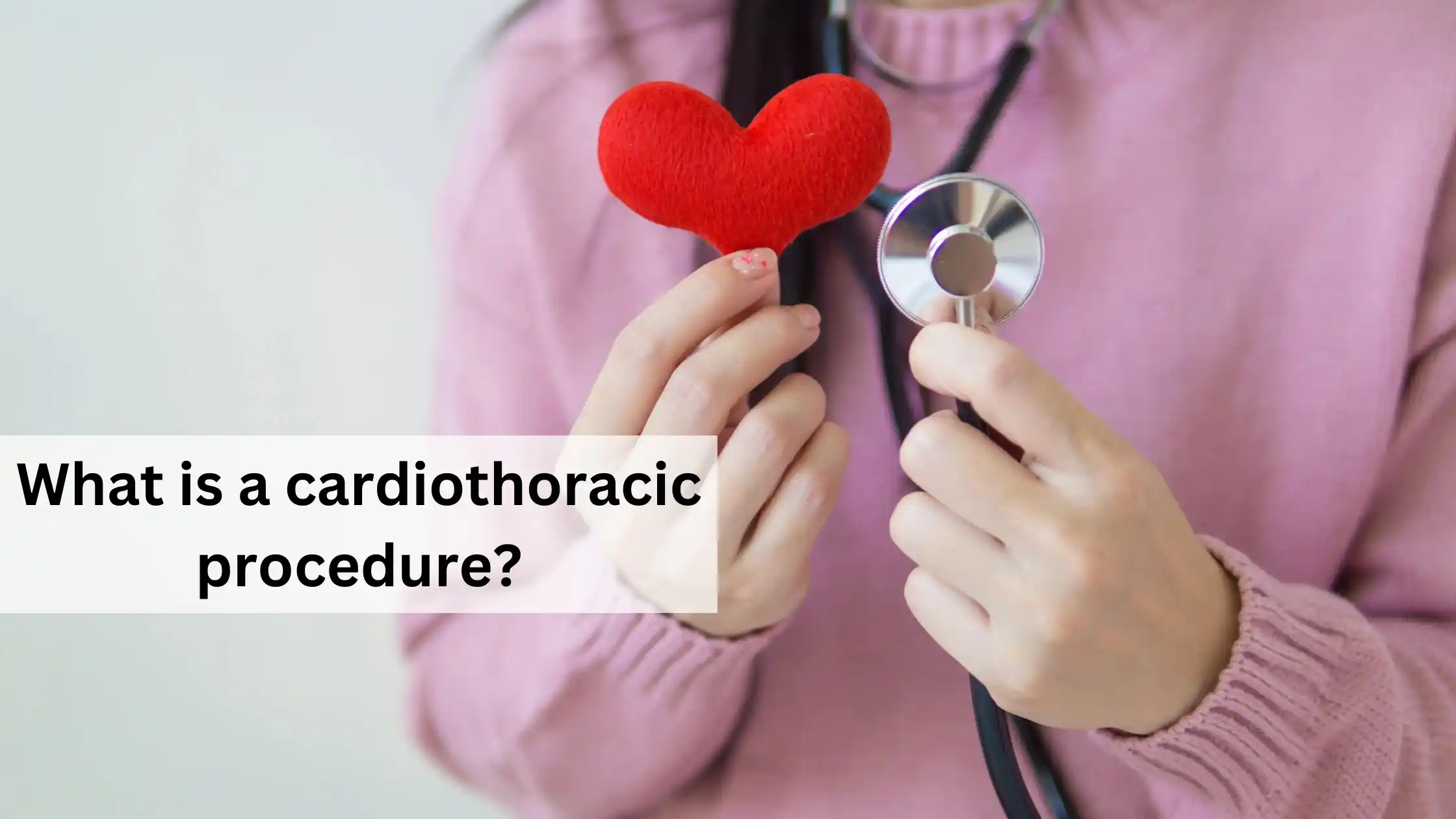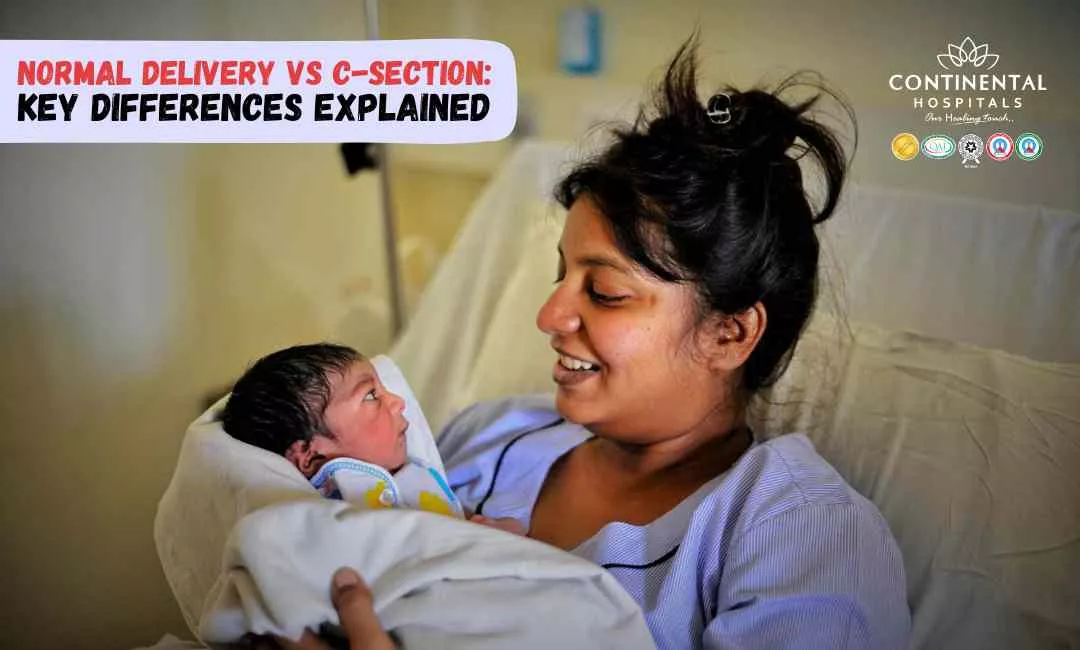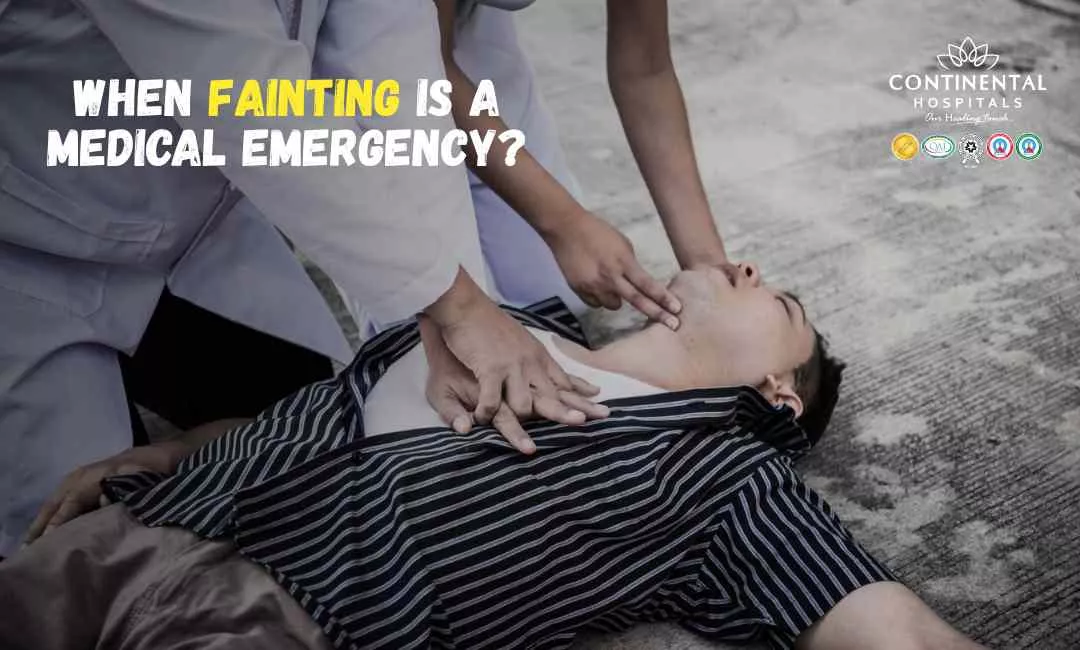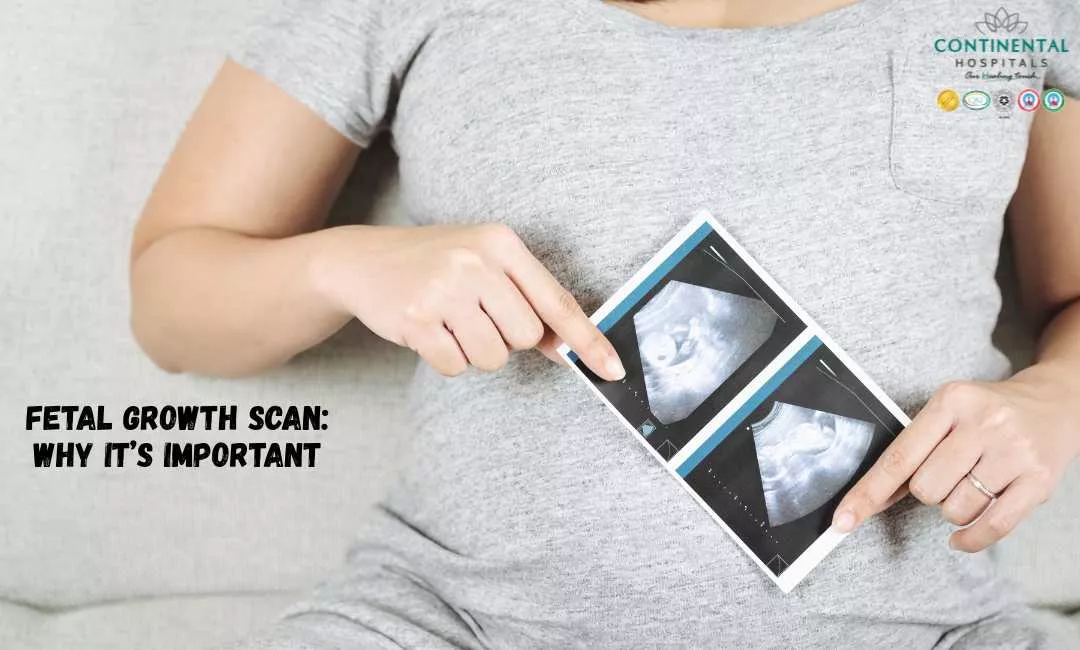Cardiovascular Surgery procedures are surgeries done on the heart for various conditions like Coronary Artery Disease (blockages in the blood vessels around the heart), valvular heart disease (disease of the mitral and aortic valve etc.)
Coronary Artery Disease
The heart muscle like any other organ in the body needs blood supply as nutrition for continuous pumping. The heart beats tirelessly and continuously from the time the fetus conceives in the mother’s womb at about three weeks till the entire life span of the individual. The blood vessels that supply blood ad nutrition to the heart are called Coronary arteries.
With growth and advancing age, as a result OF several modifiable and non-modifiable risk factors, cholesterol and calcium and other blood cells deposit inside the blood vessels of the heart causing narrowing of the lumen. These deposits are called atheroma or atherosclerotic plaque.
Depending on the nature and location of the blockages and extent of blockages, patients can develop several symptoms ranging from chest pain (called angina) to breathlessness, fatiguability, low energy levels, heart attack and even sudden death.
🥗 Healthy Plate Challenge
🍽 Add Your Favorite Dish
Pick Your 6 favorite foods, eat, and see the results.Drag & drop foods onto your plate.
Drop Food Here
The blockages in the blood vessels around the heart (called Coronary Artery Disease) needs timely identification and treatment as it can be lifesaving. Commonly performed procedures include stenting (also called PTCA- for Percutaneous Transluminal Coronary Angioplasty) where Cardiologists pass wires through smaller blood vessels in the hand or groin up to the heart. The wires are passed inside the coronary arteries at the site of blockage and dilated with balloons and stents are deployed to open the narrowing to normal caliber.
When there are multiple blockages or hard calcified blockages not amenable for stenting, option to treat the severe blockages include surgical procedure called Coronary Artery Bypass Grafting (CABG).
CABG is a surgical procedure where the surgeon reaches the heart either through the breast bone or from the side of the chest and bypasses the blockages using either a segment of vein from the leg or segment of artery from inside the chest called Internal Mammary artery.
CABG procedure is now a days routinely performed for patients with multiple heart blockages with good results and successful outcomes. Patients typically stay for about a week in the hospital and are discharged home. Recovery after open heart surgery typically happens in 6-8 weeks for most patients. After CABG surgery, patients can lead a near normal lifestyle when they are on regular follow-up.
To know more about Coronary Artery Bypass Grafting (CABG) procedure, book your appointment with a Cardiothoracic Surgeon.
Valvular Heart Diseases
The heart is a four-chambered organ that has valves guarding each chamber - 2 on the right called Tricuspid and Pulmonary valve and 2 on the left - called mitral and aortic valves.
The valves permit flow of blood in one direction only. Any disturbance in the flow dynamics caused by either narrowing of the valve (called stenosis) or backflow of the blood (called regurgitation) puts strain on the normal functioning of the heart and major symptoms like breathlessness, swelling of feet, increased pressures in the lung and irregular heart beat etc.
Narrowing of mitral valve is called mitral stenosis while narrowing of the aortic valve from degeneration or calcium deposition is called Aortic stenosis. Similarly, leakage of blood flow resulting in backflow is called Mitral regurgitation when it involves the mitral valve and Aortic regurgitation when it involves the aortic valve.
The treatment of valvular heart disease is initially medical for control of symptoms and when there is no progression of the valve disease. However, in advanced stages, patient will need open heart surgery that will replace the defective valve with a new valve - either mechanical or tissue valve. The surgery is usually called Mitral valve replacement and aortic valve replacement. Some patients have two of the valves in the heart damaged - and will need both of the valves replaced.
Valve repair is an option for selected patients when the valves are feasible to be repaired. In valve repair, native valve is preserved and the defect is usually repaired instead of replacing with a new valve.
Coronary Artery bypass and valve repair and replacement are the most commonly performed cardiovascular procedures and account for 80% of heart operations performed. There are other surgeries performed for rare conditions when the entire heart is not functioning well and dilated - condition called Dilated Cardiomyopathy: Heart Transplant or Left Ventricular Assist Device is the option. Also for enlarged blood vessels of the heart called Aortic aneurysm, procedure to replace the blood vessel along with the valve is performed - called Aortic Root replacement or Bentall Procedure.
RISKS ASSOCIATED WITH HEART SURGERY
Any procedure carries with it certain risks like risk of death and complications. Heart operations are performed routinely now a days with acceptable risk of death and complications. Some of the complications that can occur after open heart surgery include -
Bleeding -
Increased bleeding after surgery occurs in 1-2% of patients and is usually managed with blood and blood products like fresh frozen plasma, platelets etc. Most of the bleeding usually settles down with the above measures. Very rarely, the surgeon may choose to take the patient back to the operation theater to identify the source of bleeding and fix it.
Stroke -
Stroke is another potential complication that can occur after open heart surgery ina small percentage of patients (1-2%). Stroke occurs when one half of the body is paralyzed and patient is unable to move the hand or leg due to defect in blood supply to the brain.
Kidney Injury -
Patients who have long-standing diabetes or high BP have borderline low kidney function which can temporarily worsen after heart operation. More than 95% of the patients recover uneventfully in a few days. However, some patients may develop severe kidney injury needing dialysis in the post operative period till the kidney recovers eventually.
Infection -
Infection is another risk after any surgery more so after open heart surgery in patients with diabetes and other immunosuppressive conditions.
.webp)














